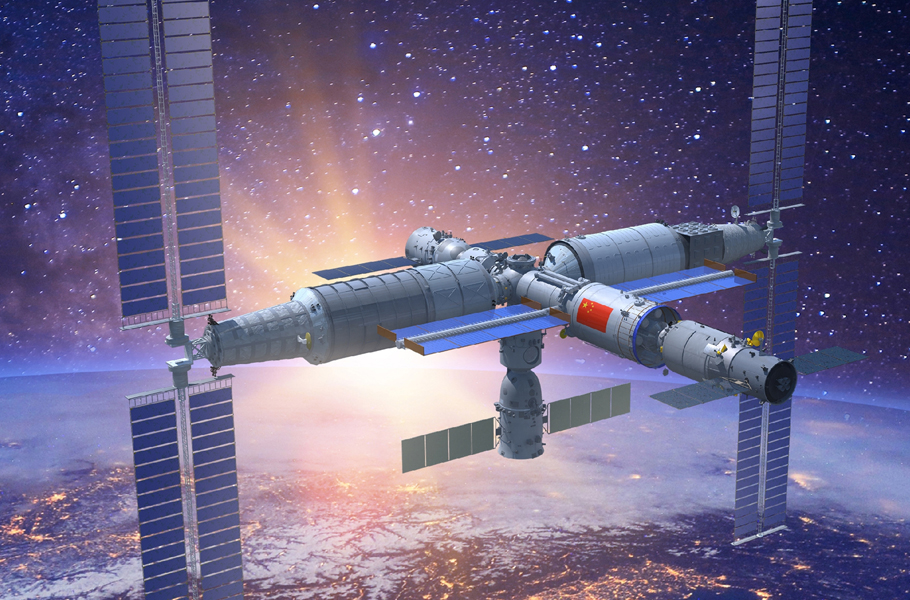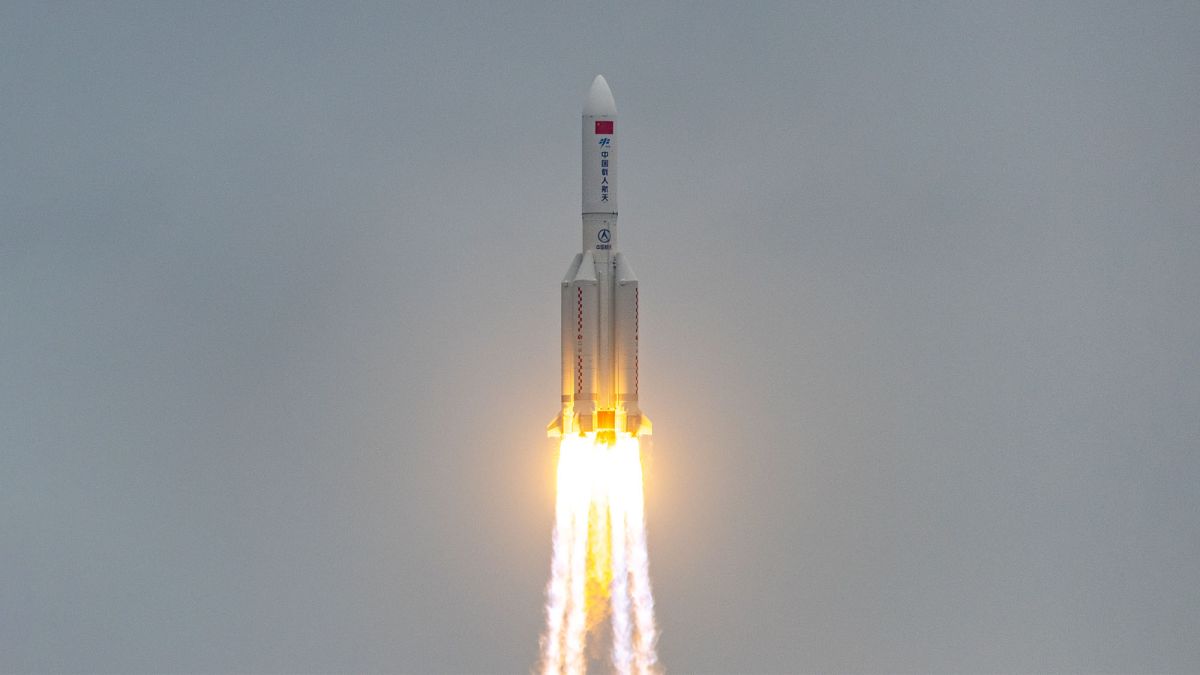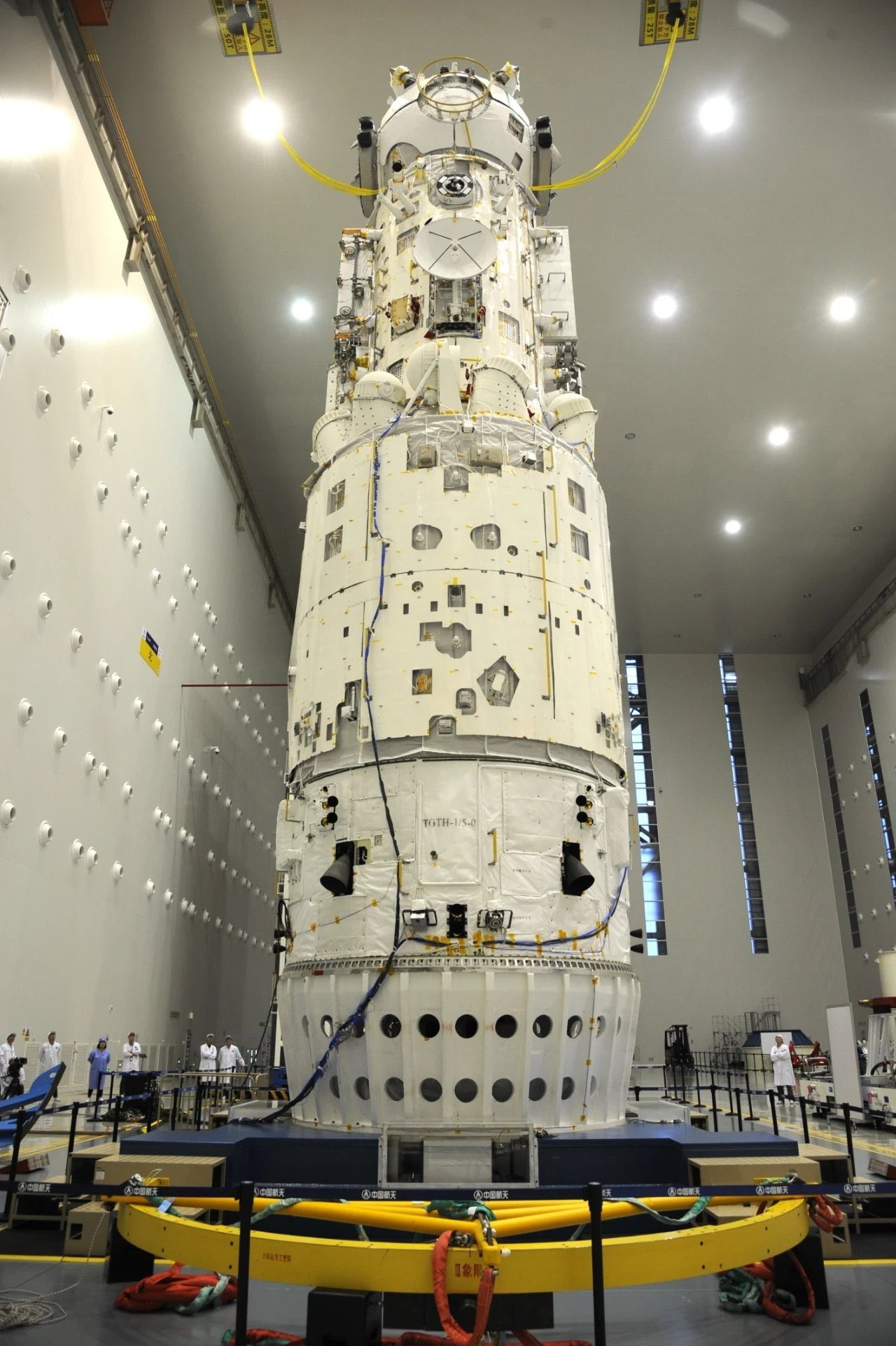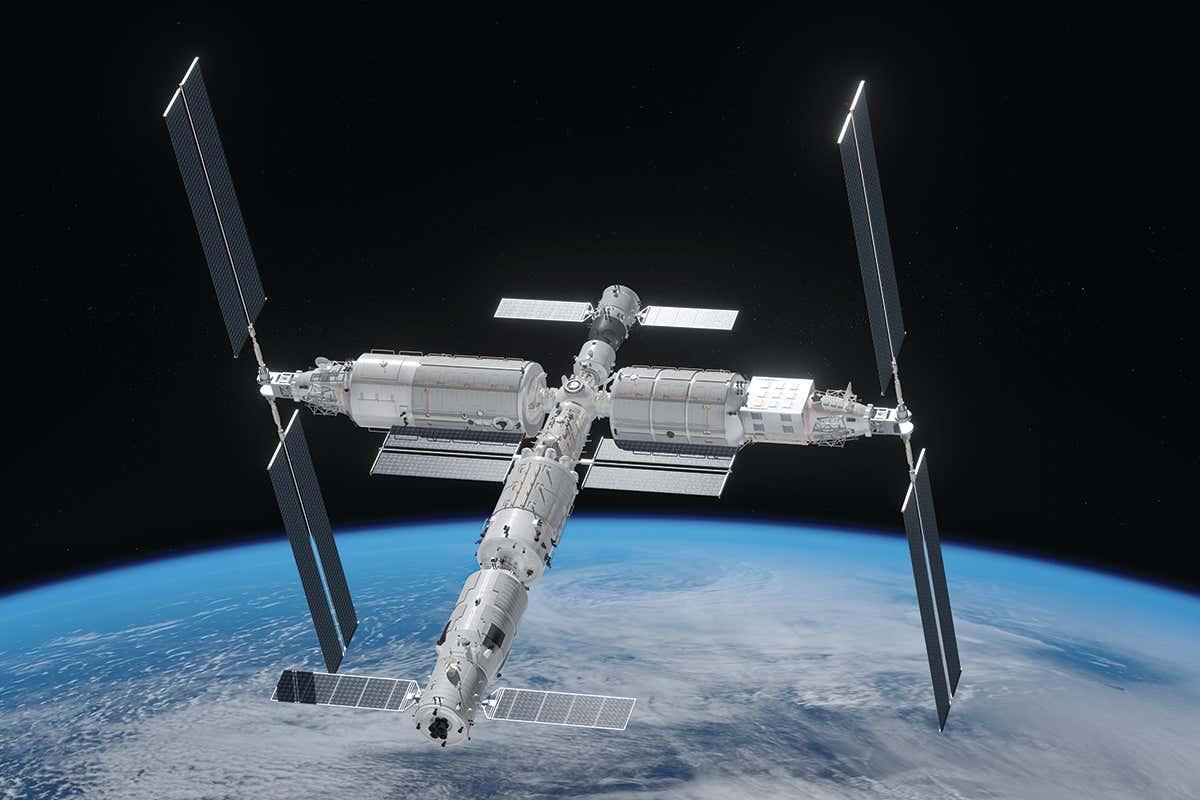
- Home
- India
- World
- Premium
- THE FEDERAL SPECIAL
- Analysis
- States
- Perspective
- Videos
- Sports
- Education
- Entertainment
- Elections
- Features
- Health
- Business
- Series
- Bishnoi's Men
- NEET TANGLE
- Economy Series
- Earth Day
- Kashmir’s Frozen Turbulence
- India@75
- The legend of Ramjanmabhoomi
- Liberalisation@30
- How to tame a dragon
- Celebrating biodiversity
- Farm Matters
- 50 days of solitude
- Bringing Migrants Home
- Budget 2020
- Jharkhand Votes
- The Federal Investigates
- The Federal Impact
- Vanishing Sand
- Gandhi @ 150
- Andhra Today
- Field report
- Operation Gulmarg
- Pandemic @1 Mn in India
- The Federal Year-End
- The Zero Year
- Science
- Brand studio
- Newsletter
- Elections 2024
- Events
- Home
- IndiaIndia
- World
- Analysis
- StatesStates
- PerspectivePerspective
- VideosVideos
- Sports
- Education
- Entertainment
- ElectionsElections
- Features
- Health
- BusinessBusiness
- Premium
- Loading...
Premium - Events

What drives China to build its own space station
Tianhe-1 is the first and primary module of the upcoming Chinese Space Station (CSS) which would be fully functional by the end of 2022.

On April 29, 2021, a massive, 22 metric tonne module called Tianhe-1 took to the skies atop a heavy-lift Long March 5B rocket from the Wenchang Spacecraft Launch Centre, China. Tianhe-1 is the first and primary module of the upcoming Chinese Space Station (CSS). Reportedly, the space station will be fully functional by the end of 2022. Tianhe-1 (which means Harmony in Heavens) is the core...
On April 29, 2021, a massive, 22 metric tonne module called Tianhe-1 took to the skies atop a heavy-lift Long March 5B rocket from the Wenchang Spacecraft Launch Centre, China. Tianhe-1 is the first and primary module of the upcoming Chinese Space Station (CSS). Reportedly, the space station will be fully functional by the end of 2022.
Tianhe-1 (which means Harmony in Heavens) is the core element of CSS comprising power and propulsion units, life support equipment, and the living quarters for the future crew.
In May, a medium-lift Long March 7 rocket will carry the next module, Tianzhou-2. The module holding the fuel and propellant unit and the cargo port of the CSS will dock with Tianhe-1.
By the end of June, China proposes to send three taikonauts (as they call their astronauts) to the space station for an extended stay on the CSS.
In all, the Chinese space agency will carry out 10 launches with all the necessary modules to build the space station at an altitude of 340-400 km above the earth. If successful, China will join the elite club of space superpowers.
Advantage CSS
Russia’s Salyut and Mir were the first space habitats for humans. In the following years, a unified global pact saw 12 nations collaborating to build the International Space Station (ISS). The massive space facility is the most extensive human habitat in space to date and the only spacecraft to provide a continuous housing facility for humans in space.
Although a late entrant to the space race, China ambitiously caught up, with its space presence growing in leaps and bounds in the past two decades.
To date, China has sent a dozen people to space, successfully landed their probes on the Moon and the Mars, and now aims to build a space station—a feat achieved only by a handful of nations.

In 2011, the US National Congress banned China from the ISS. Soon the Chinese Aerospace Agency declared its competence to build its space station.
The successful launch of Tianhe-1 is considered a significant step in their space programme. Once assembled, the CSS will be the 12th facility to provide a living habitat for people in space. Reportedly 12 taikonauts are undergoing training for extended stays on the CSS.
The timing, too, appears favourable, as the ISS will retire after a glorious tenure of 25 years in 2024. Post-ISS’ retirement, the CSS will be the only available functional space station for a while.
Project 921
China envisaged the human space programme in 1992, called Project 921. The project had multiple agendas, of which developing a space station for scientific exploration was one. In 2003, China sent its first person to space and became the third country to send people to space independently. By 2005, two more people were sent and by 2008, taikonauts performed their first spacewalk.
Building on the success of its space ventures, Project 921 extended its mission to build a large human space habitat by 2020. As a first step towards this goal, China launched the Tiangong-1, a single module station, in 2011.
It was essentially a facility that would act as a training bed for a two-member crew to practice critical space manoeuvres like rendezvous and docking procedures. However, the module failed after two years, plunging to earth and scattering debris. The event evoked global censure.

With valuable lessons learnt from the first module, China launched a larger spacecraft, Tiangong 2, by the end of 2016. The space habitat served to be an actual experimentation module teaching their taikonauts key elements of manning and operating a space station along with cargo and refuelling manoeuvres.
A two-person crew spent 30 days on the facility, giving them sufficient expertise to manage a space station. Also, this time, Tiangong 2 was successfully deorbited in 2019.
The success of Tiangong-2 catapulted China’s expertise to greater heights in designing the space station. Tianhe-1 was launched within two years of deorbiting Tiangong-2.
However, according to latest media reports, the current launch has once again caused much global consternation as debris from the massive rocket scattered over the Indian Ocean on May 9, 2021, after days of uncertainty.
While the Chinese space agency said that most of the debris was burnt up in the atmosphere and the rest fell a little west of Maldives, NASA criticised the nation for the lack of transparency and failing to meet space protocol standards, and asked spacefaring nations to “minimise the risks to people and property on earth of re-entries of space objects and maximise transparency regarding those operations”.
It remains to be seen how the Chinese agency handles subsequent launches.
Tianhe-1 is however expected to continue its journey to its destination. If successful, the Tianhe will soon be joined by the Tianzhou module in May. By June 2021, three taikonauts will begin living on the CSS. The manned missions called Shenzhou 12 will be China’s seventh mission, training them to live on the CSS for extended periods.
The layout of CSS
When completely assembled, the CSS will be about half the size of the Mir station. With a total mass of 60-70 metric tonnes, it will be one-sixth the size of the ISS. The assembly will have five modules arranged in a winged T format.
The Tianhe-1 is the central core module with five docking ports and living quarters for the taikonauts. Racks will line the crew quarters to hold the scientific equipment; the crew will have access to other modules and the robotic arm.
The Tianzhou-2 (Heavenly Ship) is the second unit which is an unmanned cargo spacecraft with a cargo capacity of 6 metric tonnes.
The third module is called the Mengtian (Dreaming of the Heavens), a 14.4 m long and 22 metric tonne spacecraft. Mengtian will serve as the docking port for spacecraft, repair vehicles and visiting vessels. While Gentian (Quest for the Heavens) is a similarly sized module that will house a robotic arm.
A 9.25 m long, 7 metric tonne capacity module called Shenzhou (Divine Ship) will be the crewed spacecraft that will ferry the taikonauts. By 2024, a space telescope called Xuntian (Heavenly Cruiser) will accompany the CSS. The telescope is touted to have 300 times wider field view than NASA’s Hubble telescope.

Why the space race?
Exploring space is not just in quest of the unknown; Space competency offers several advantages for a nation – both on earth and in outer space. Ground-based activities like launching satellites have both military and commercial benefits. At the same time, outer-space activities like conducting science experiments, planetary exploration bring them international prestige. Several nations are keen to claim a coveted position in this arena.
Space explorations are not just for exploring science and enhancing their scientific knowledge but also for utilising the knowledge on earth. Several experiments have proved to be transformative for ground-based technologies and medical breakthroughs.
Besides, space offers booming economic opportunities. According to the UN Space treaty, the Committee on the Peaceful Uses of Outer Space, any nation can explore and tap the resources of celestial objects space like the moon and asteroids. This agreement provides vast opportunities for countries to mine and utilises the rich mineral resources available on these space objects.
However, a lack of strict space policies is witnessing a growing global concern on the increasing use of space for military satellite applications. For 25 years, the ISS brought together warring nations providing a platform for unified and peaceful exploration of space for the use of humanity at large.
However, now with ISS’s tenure coming to an end soon, it remains debatable how humanity will approach and achieve their means of future space activities.
(The writer is a Consultant, Science Communication at IndiaBioscience)
